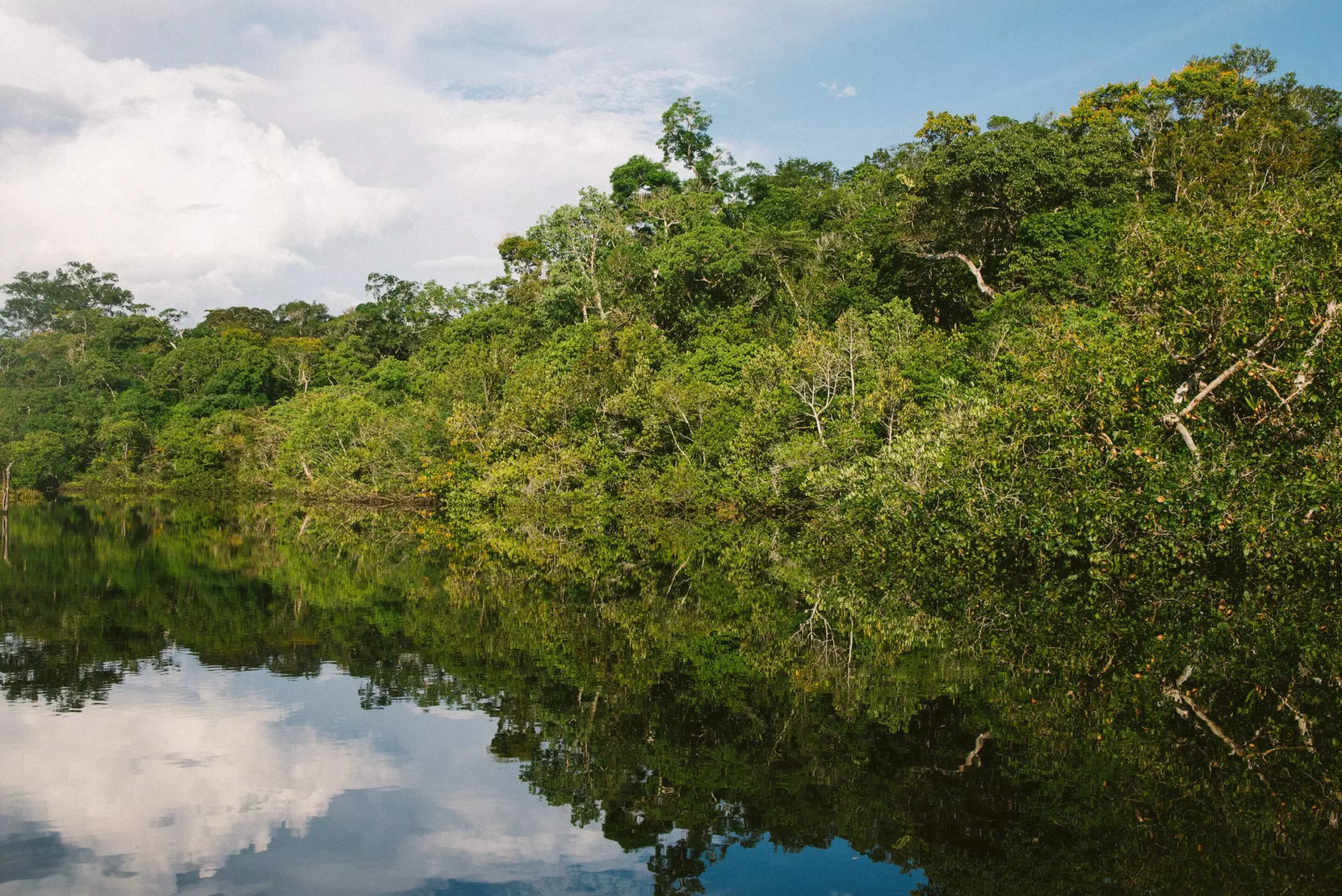The Amazon rainforest, often referred to as the “lungs of the Earth,” is facing a perilous situation that could have far-reaching consequences for the global climate system. A recent study conducted by an international team of researchers, including scientists from the Potsdam Institute for Climate Impact Research (PIK), has revealed that a staggering 47% of the Amazonian forest is currently under threat. The study emphasizes the urgent need to identify and respect climatic and land-use thresholds to maintain the resilience of this vital ecosystem.
The Alarming Shift: From Carbon Sink to Carbon Source
According to Boris Sakschewski, a scientist at PIK and co-author of the study, the southeastern region of the Amazon has already transitioned from being a carbon sink to a carbon source. This means that the current level of human-induced pressure on the forest is simply too high for it to sustain its status as a rainforest in the long term. However, the problem extends beyond its borders. The rainforest’s capacity to enrich the air with moisture, which serves as the foundation for precipitation in other parts of the continent, creates a delicate balance that, if disrupted, can initiate a devastating self-propelling feedback loop.
The study identifies five crucial drivers that are pushing the Amazon rainforest towards a tipping point. These drivers include global warming, annual rainfall amounts, the intensity of rainfall seasonality, dry season length, and accumulated deforestation. The researchers propose safe boundaries for each of these drivers to ensure the resilience of the Amazon. For instance, they discovered that an annual rainfall amount below 1000 mm would render the rainforest unsustainable. Below 1800 mm, the risk of abrupt transitions to a Savanna-like vegetation becomes a distinct possibility, triggered by droughts or forest fires, which have become increasingly frequent and severe in recent years.
The repercussions of forest loss in the Amazon reverberate far beyond its immediate vicinity. The “flying rivers” that transport moisture across the region act as a critical component of the South American Monsoon, facilitating rainfall in vast areas of the continent. Furthermore, the Amazon is a massive carbon store, housing an amount of carbon equivalent to 15-20 years of global CO2 emissions. As a result, the loss of Amazonian forests not only exacerbates global warming but also intensifies its adverse effects.
The Troubled Future: Degraded States and Increased Fire Risks
To comprehend the potential fate of the Amazonian ecosystem, the study examines examples of disturbed forests in different regions of the rainforest. In certain instances, the forest may recover but remain confined to a degraded state, characterized by the proliferation of opportunistic plants like lianas or bamboos. In more dire cases, the forest fails to recover and becomes trapped in an open-canopy, highly flammable condition. The expansion of these open, flammable ecosystems throughout the core of the Amazon forest raises concerns as they can easily propagate fires to adjacent areas.
The Way Forward: A Global Effort
Preserving the Amazon rainforest within safe boundaries necessitates a collaborative effort on both local and global fronts. The study emphasizes the importance of putting an end to deforestation and forest degradation while simultaneously promoting restoration initiatives. However, much more needs to be done to combat greenhouse gas emissions worldwide. Only through a comprehensive approach can we hope to safeguard the Amazon and mitigate the looming environmental crisis.
The Amazon rainforest, an invaluable ecological treasure, is teetering on the brink of disaster. Without immediate action to curtail the drivers of deforestation and address the consequences of global warming, the world risks losing this crucial ecosystem. The responsibility falls upon both local communities and the international community to work together to protect the Amazon rainforest and secure a sustainable future for our planet.


Leave a Reply